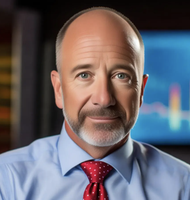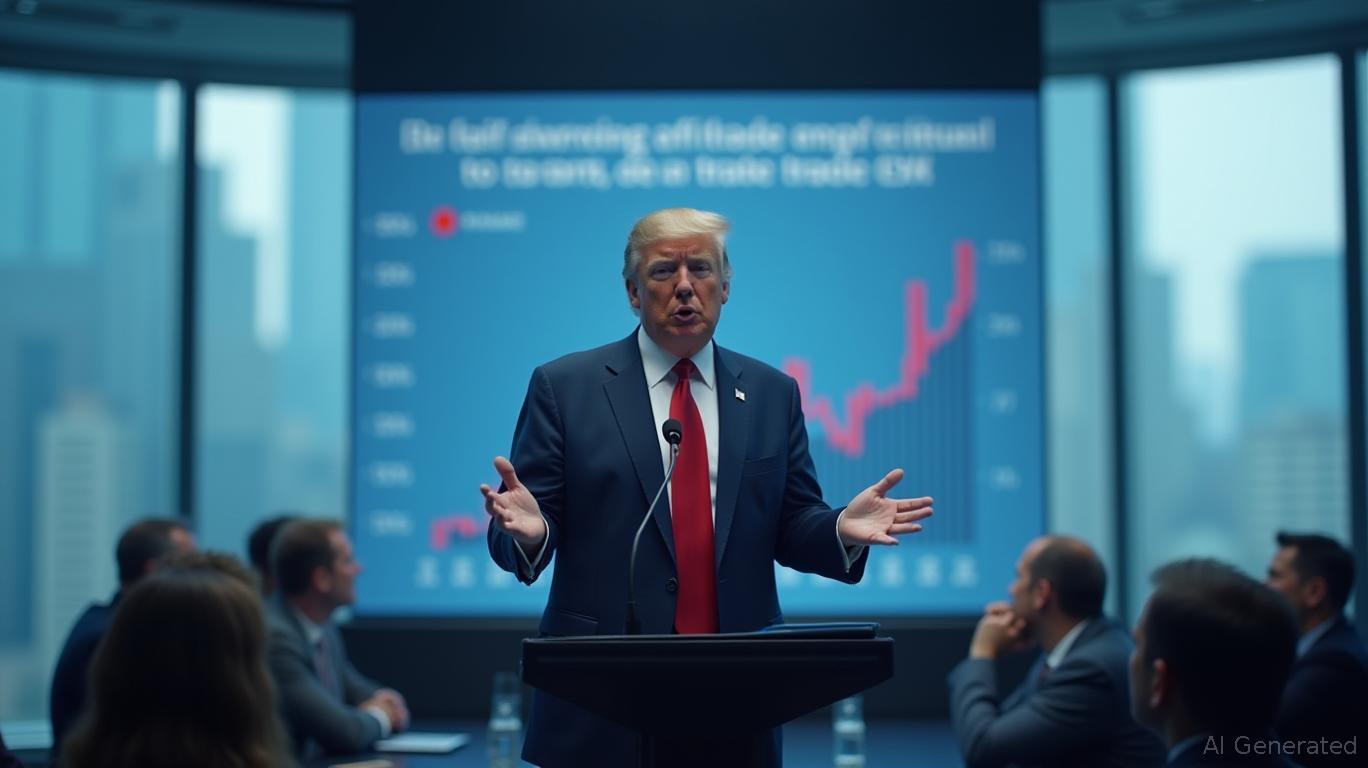Trump's Egg Prices Pledge: A Broken Promise or a Complex Challenge?
Monday, Feb 24, 2025 12:51 am ET
As President Donald Trump's first term draws to a close, one of his most prominent campaign promises remains unfulfilled: the pledge to bring down food and egg prices, starting on Day One of his presidency. Despite his assurances, prices continue to soar, with egg prices reaching a record high of $4.95 per dozen in January 2025. This article explores the factors contributing to the high egg prices and the potential consequences of using price controls and rations to address the issue.

The Factors Behind High Egg Prices
The primary factor driving the increase in egg prices is the ongoing bird flu outbreak, which has led to the culling of millions of egg-laying chickens. According to the US Department of Agriculture, over 158 million birds have been affected since 2022 (CNN, 2025). This supply shock has reduced the availability of eggs and pushed prices higher. Additionally, drought conditions and supply chain disruptions have exacerbated the issue by increasing feed costs and creating inefficiencies in the distribution process (US Drought Monitor, 2024; USDA, 2021).
The Role of the Government
The government can play a role in addressing these issues by investing in grants for improving biosecurity measures and enhancing disease surveillance, especially among wild bird populations (Thompson, 2025). This can help curb the spread of the disease and reduce the need for mass culling of chickens. Additionally, providing assistance to farmers during drought periods and investing in infrastructure and technology to improve the efficiency of the food supply chain can help alleviate the impact of these factors on egg prices (USDA, 2021).
Price Controls and Rations: A Complex Solution
Using price controls and rations to bring down the cost of eggs could have several potential consequences, including shortages, a black market, and disincentives for production (Jada Thompson, agricultural economics professor at the University of Arkansas). Alternative solutions, such as investing in biosecurity and disease surveillance, encouraging capital investment, and addressing long-term issues like housing regulations, could be more effective in the long run (Rebecca Carriere Christofferson, pathologist at the University of Minnesota; JD Vance, Vice President; Tyler Schipper, economist and associate professor at the University of St. Thomas).

Looking Ahead
While President Trump's pledge to bring down food and egg prices has not yet materialized, the underlying factors driving the high prices are complex and multifaceted. The government can play a role in addressing these issues, but it will require a nuanced approach that goes beyond simple price controls and rations. By investing in biosecurity, disease surveillance, and supply chain improvements, the government can help mitigate the impact of factors like the bird flu outbreak, drought, and supply chain disruptions on egg prices. Ultimately, the key to addressing this challenge lies in a balanced approach that acknowledges the risks and potential benefits of various solutions and empowers consumers to make informed decisions.
Word count: 598



_23f7f7eb1749627884277.png)






